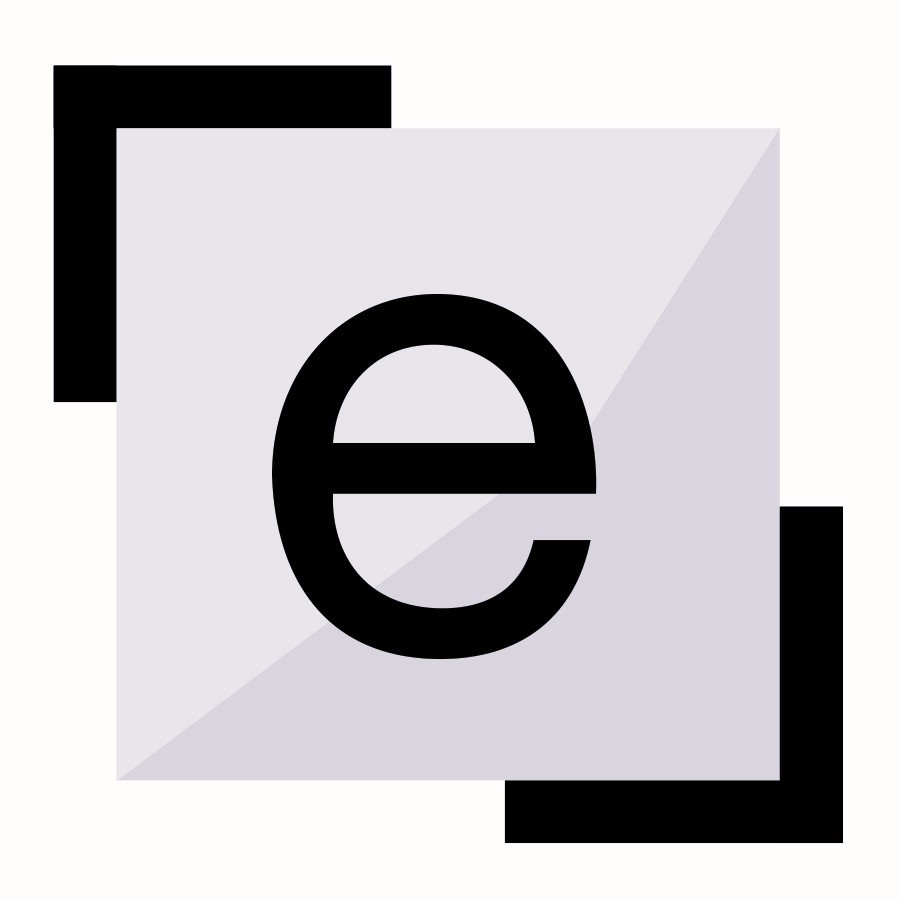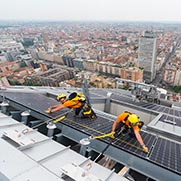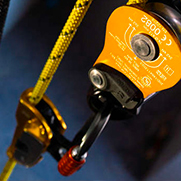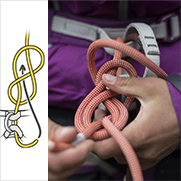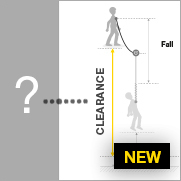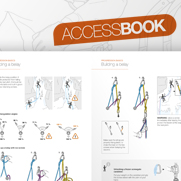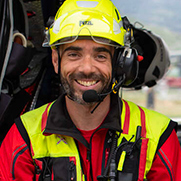How to select an ATEX headlamp?
The selection is made according to the type of environments in which the lamp will be used. Each of the environmental parameters determines which type of ATEX lamp is to be used.
Warnings
- Carefully read the Instructions for Use used in this technical advice before consulting the advice itself. You must have already read and understood the information in the Instructions for Use to be able to understand this supplementary information.
- Mastering these techniques requires specific training. Work with a professional to confirm your ability to perform these techniques safely and independently before attempting them unsupervised.
- We provide examples of techniques related to your activity. There may be others that we do not describe here.
Choosing an ATEX headlamp category
The various parameters to be defined for identifying the product category to be used in a zone are as follows:
- Type of industries
| Mining | Above-ground industry | |
|---|---|---|
| Equipment group | I | II |
- Type of combustible substance present:
Dust: D
Gas or vapors: G
- Type of zones you will be in:
| Explosive atmosphere | Gas type combustible substance | Dust type combustible |
|---|---|---|
| Present permanently or for long periods (more than 1000 h per year) |
ZONE 0 | ZONE 20 |
| Present occasionally (more than 10 h and less than 1000 h per year) |
ZONE 1 | ZONE 21 |
| Present accidentally (less than 10 h per year) |
ZONE 2 | ZONE 22 |
The classification of the zones is detailed in the ATEX Zones Classification technical advice.
=> From these 3 parameters, it is possible to determine the minimum ATEX headlamp category to be used:
| Type of industries | Type of combustible substances | Zone | Equipment protection level (EPL) | Minimum ATEX equipment category |
|---|---|---|---|---|
| Mining | Dust | - | Very high level | IM1 |
| Mining | Dust | - | Very high level | IM2 |
| Above-ground industry | Dust | 20 | Very high level | II 1D |
| Above-ground industry | Dust | 21 | Very high level | II 2D |
| Above-ground industry | Dust | 22 | Very high level | II 3D |
| Above-ground industry | Gas or vapor | 0 | Very high level | II 1G |
| Above-ground industry | Gas or vapor | 1 | Very high level | II 2G |
| Above-ground industry | Gas or vapor | 2 | Very high level | II 3G |
Note: the number associated with the zone of use is not identical to the number associated with the equipment category:
Zone 0 = category 1
Zone 1 = category 2
Zone 2 = category 3
Choice of classification based on the environment
- Gas / vapor type environments:
The various parameters to be defined for identifying the product category to be used in a zone are as follows:
| Gas group | Representative gas | Dangerousness |
|---|---|---|
| IIA | Propane | + |
| IIB | Ethylene | ++ |
| IIC | Hydrogen | +++ |
Temperature classes are also defined, because the various substances can ignite at different temperatures. The lower the combustion temperature is, the more dangerous the substance is. The temperature class of a piece of equipment (lamp) is the maximum surface temperature that the equipment can reach.
Thus, a lamp should be selected that is suitable for the correct gas group (IIA, IIB, IIC) and for the correct temperature class according to the type of gas encountered on the site.
- Dust type environments:
The various parameters to be defined for identifying the product category to be used in a zone are as follows:
| Dust group | Dust types | Dangerousness |
|---|---|---|
| IIIA | Suspended particles | + |
| IIIB | Non-conductive dust | ++ |
| IIIC | Conductive dust | +++ |
As for gas, a maximum surface temperature that the device can reach is given. In a dust type environment, one must verify that the following conditions are met:
- Maximum surface temperature of the device is less than 2/3 x the ignition temperature of a dust cloud.
- Maximum surface temperature of the device is less than the ignition temperature of a 5 mm layer of dust, minus 75 °C.
Thus, a lamp should be selected that is suitable for the correct dust group (IIIA, IIIB, IIIC) and for the maximum surface temperature according to the types of dust encountered on the site.

